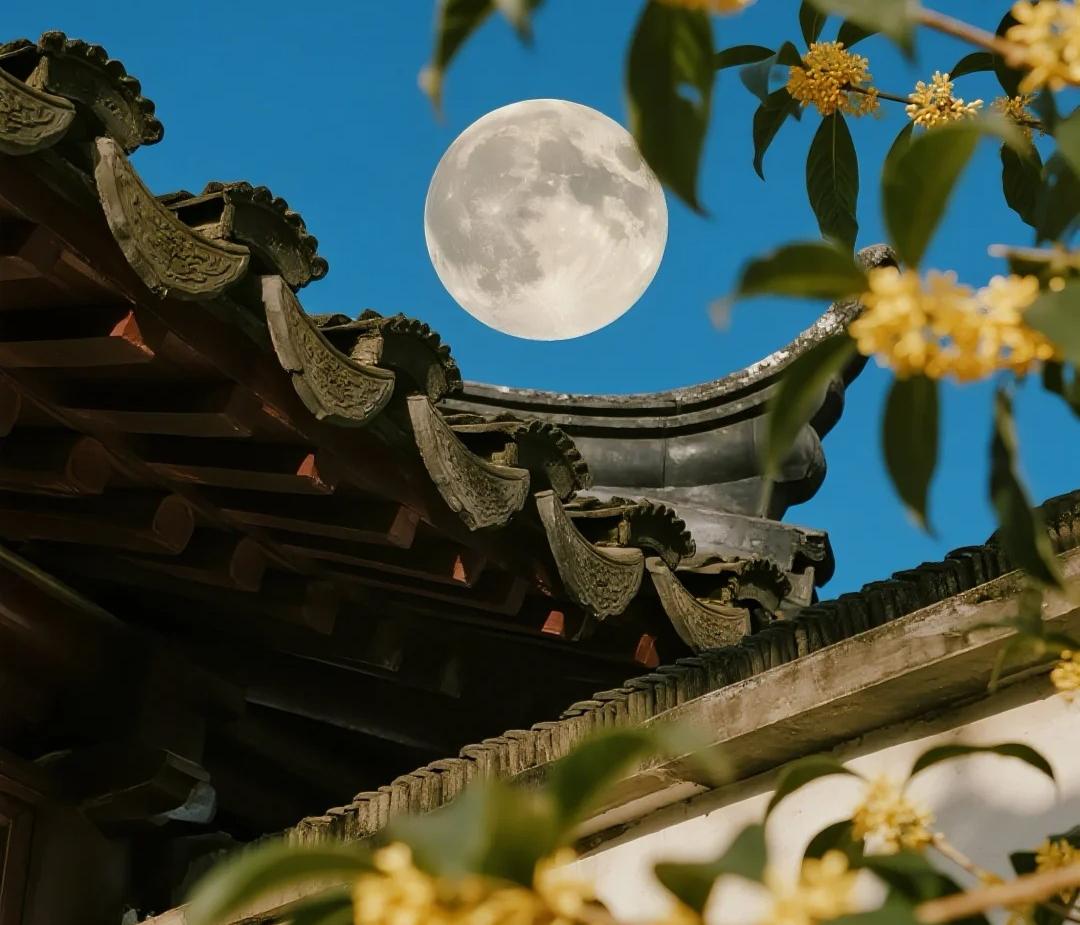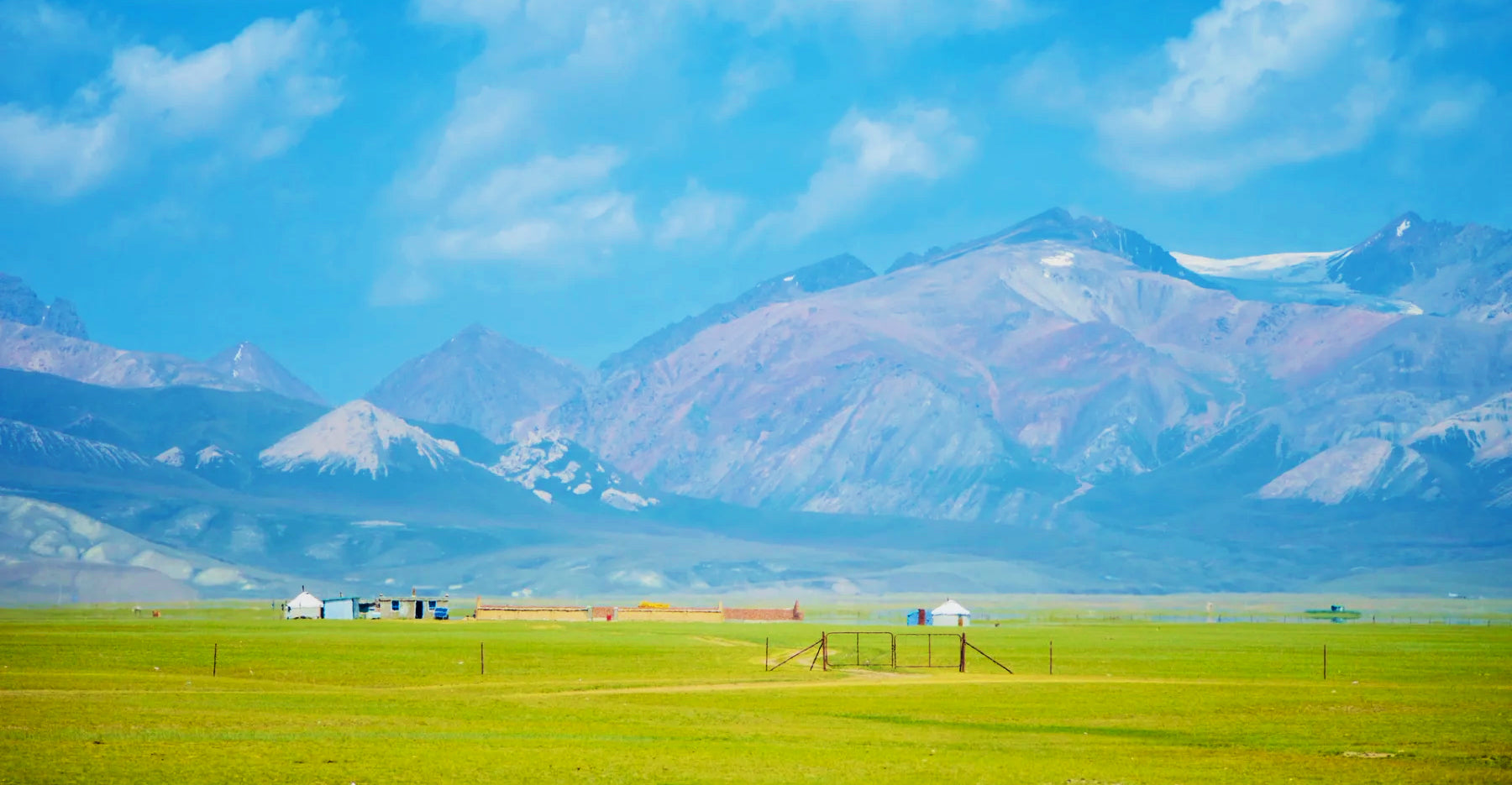
The Mid-Autumn Festival in China: Reunion Wrapped in Moonlight
Kongsi
On the evening of the 15th day of the 8th lunar month, warm light spills from Chinese families’ windows—there are round mooncakes on the table, peeled pomelo rinds drying on the balcony, and grandparents telling children the story of "Chang’e, who lives on the moon with her jade rabbit." This is the Mid-Autumn Festival, a "Reunion Festival" as dear to Chinese hearts as Spring Festival. Even the moon shines fuller and brighter than usual, as if trying to wrap all the longing on earth in its soft glow.

At its core, the Mid-Autumn Festival is all about "turning longing into togetherness." People working far from home will scramble to buy train tickets weeks in advance, no matter how long the journey; those who can’t return will send a box of mooncakes to their parents, the wrapper still warm from the bakery. Ancient Chinese saw the full moon as a mirror of "family reunion"—and that belief still lingers today. The festival is also tied to romantic old tales: some say there’s a cassia tree on the moon that Wu Gang has tried to cut for a thousand years (it always grows back); others tell of Chang’e, who drank immortality elixir and flew to the moon, leaving her beloved husband on earth. These stories are passed down through generations, adding a tender layer of meaning to the moon.

As night falls, the festival’s joy unfolds in lanes and courtyards. In the evening, red lanterns line alleyways, their warm light flickering on the ground through paper patterns. Adults hold children’s hands, craning their necks to read riddles pasted on the lanterns; when a child guesses right, they clutch a candy and grin until their eyes crinkle. In some yards, small tables are set with sliced mooncakes and fresh pomelos. Elders lead younger family members in a quiet prayer to the moon, murmuring wishes for safety and a good harvest, while the scent of incense mixes with the sweetness of fruit in the breeze. In Beijing, kids pester their parents to buy "Rabbit Gods"—charming glazed figurines of rabbits in armor, holding jade pestles. These little statues become treasured toys for the whole festival.
The Mid-Autumn Festival also tastes like sweetness and freshness. Mooncakes are the star: their round shape symbolizes reunion, and each bite reveals soft fillings—creamy lotus seed paste, sweet red bean paste, or five-nut mix with crunchy walnuts and melon seeds. There are also lava-filled mooncakes (golden filling oozes out when you bite in) and ice-skin mooncakes (cool and fruity, perfect for post-summer nights). Then there are crabs—plump and juicy this time of year. Crack open the shell, and you’ll find golden roe; dip it in vinegar, and it’s so delicious it makes your taste buds dance. A pot of ginger tea is always nearby, warm enough to balance the crab’s slight coolness. Pomelos are a must too: peel off the thick rind, pull apart the segments, and bite into them—juicy and refreshing. Plus, the Chinese word for "pomelo" (you) sounds like "blessing," so elders often say, "Eat a pomelo, and may the kids stay safe."

But what makes the Mid-Autumn Festival truly special isn’t the full moon or the tasty food—it’s the time spent with family. Grandparents talk about the past, young adults chat about work, kids run around with their Rabbit Gods, and moonlight spills over the table. Even the air feels "steady" and warm. That’s the Chinese Mid-Autumn Festival: reunion wrapped in moonlight, a warmth that stays in your heart long after the night ends.








